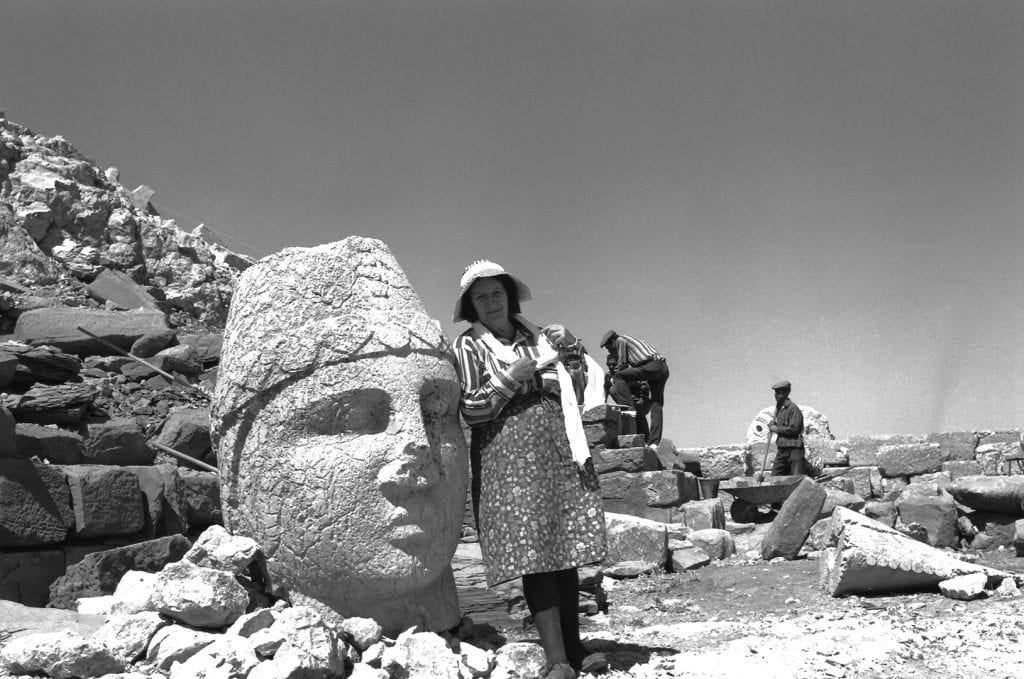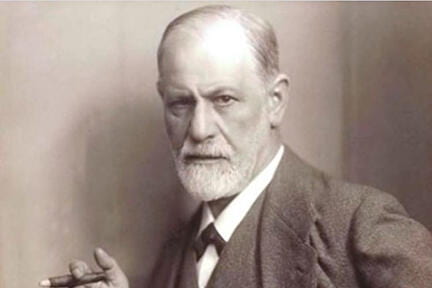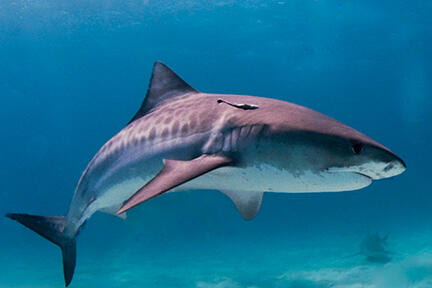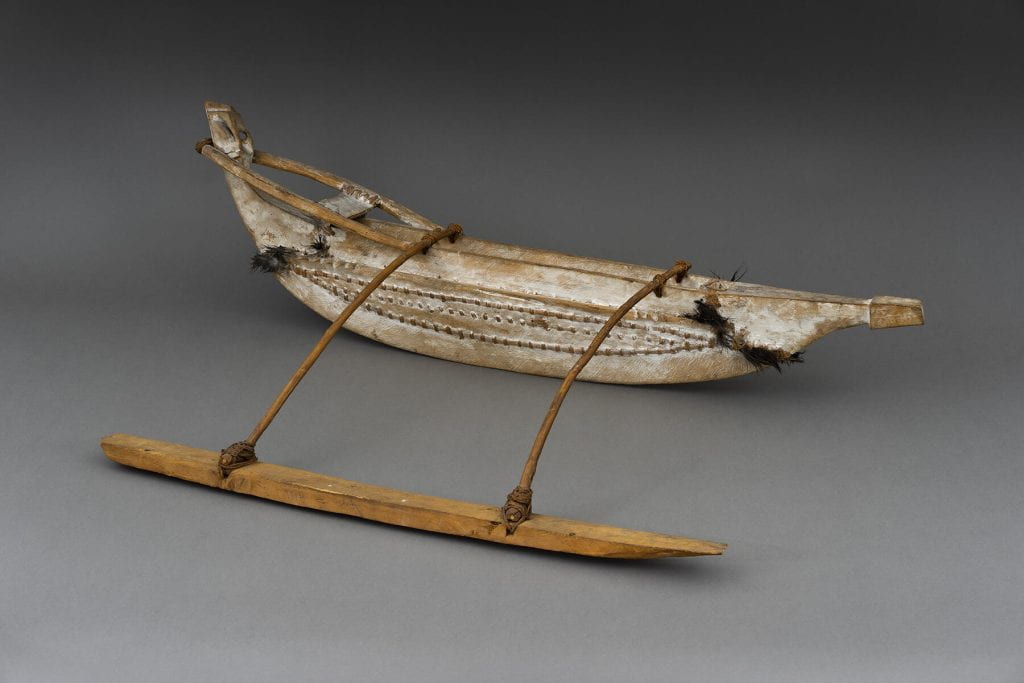Collection of Historical Scientific Instruments
Measuring Difference (Opening 10/20/24)

Artwork credit: Friedemann-Sánchez, Nancy. Loba Garifuna. 2024, 80″ x 40″, Ink on Tyvek and found objects, Courtesy of Instituto de Vision, New York/Bogotá
Today, measurement is everywhere. We understand everything around us in inches, degrees, gallons, decibels, and more. But measurements are human inventions. It is through measures that we learn to see difference, to compare the world.
In the Americas, colonial powers introduced new measurements to describe and exploit the “New World.” Existing ways of understanding and explaining the world and our relationship to others were displaced, cementing European measures as norms and tools of authority. Using examples from across the Americas, this exhibit illustrates what—and who—was measured, and how.
Harvard Museum of the Ancient Near East
Mediterranean Marketplaces
Connecting the Ancient World

Much like today, ancient “consumers” were connected to distant markets. Both basic and precious goods from faraway lands “shipped” to royal palaces, elite estates—sometimes even rural households—and technological advances in craftsmanship and commerce transcended boundaries of language, religion, or culture to spread rapidly. Mediterranean Marketplaces: Connecting the Ancient World explores how the movement of goods, peoples, and ideas around the ancient Mediterranean transformed the lives and livelihoods of people at all levels of society, driving innovations that had lasting impacts—even on the modern world. Open at the Harvard Museum of the Ancient Near East.
Harvard Museum of Natural History
Emeralds

Emeralds is a new, intimate collection of stunning crystals, gemstones, and jewelry on display in the Earth & Planetary Sciences Gallery. Highly coveted by a wide variety of cultures, emeralds have played a significant role in shaping human history, helping to facilitate trade and even build empires. From rough stones to sophisticated jewelry, emeralds continue to captivate with their beauty and historical significance, symbolizing luxury and power across cultures and eras.
Peabody Museum of Archaeology & Ethnology
Castaway: The Afterlife of Plastic

The art collective TRES shares its 2016 journey to document, collect, and photograph debris along the beaches of Australia. Evoking archaeology, marine biology, and cartography, their images summon us to more deeply engage with the natural vistas and objects they encountered, and to examine and interpret them with fresh perspectives.
Exhibit Spotlights
HMSC Connects! Exhibit Spotlights offer a virtual window into intriguing cultural and scientific concepts with online exhibits, selections from gallery exhibitions, and more.
The Groundbreaker: A Woman Archaeologist in a Field Led by Men
This exhibit highlights archaeological archives of Theresa B. Goell, director of an international field excavation site, detailing her travels and experiences as she worked in this male dominated field.


Cochineal: How Mexico Made the World See Red
This is the story of a color—one that began as an evolutionary tale, and evolved to shape the course of human history.
Cochinilla: Cómo México Hizo que el Mundo Viera el Rojo
Esta es la historia de un color que comenzó como un cuento evolutivo y evolucionó para dar forma al curso de la historia humana.
Women of the Museum 1860-1920: Behind-the-Scenes at the Museum of Comparative Zoology
This exhibit highlights women’s expertise and extensive knowledge of the museum’s collections may not have been fully appreciated by their contemporaries but today we recognize how their work allowed the museum to grow into its role as a center for research, teaching, and public programs.


The Interpretation of Drawings: Freud & the Visual Origins of Psychoanalysis
This exhibition invites the viewer to explore the role Sigmund Freud’s sketches and drawings played in the development of his psychoanalytic theories.
A World of Viruses
Learn more about viruses as we explore what they are, where they can be found, and how they behave in both a positive and negative way.


Sharks: Streamlined Swimmers
In this exhibit spotlight, learn how sharks’ body design has been honed over hundreds of millions of years to increase swimming performance.
Uncovering Pacific Pasts: Harvard’s Early Endeavors in Oceanic Anthropology
Learn how early Harvard scholars imagined Oceania and listen to Pacific Islanders reflect on Peabody Museum collections.


Rewilding Harvard
An initiative to restore biodiversity, Rewilding returns native plants to a planter in front of the Harvard Museum of Natural History.
